It is August 10, 1921.
Franklin Roosevelt and his family have spent the day sailing and
swimming at the family’s vacation home on Canada’s Campobello Island.
Franklin had tumbled out of his boat at one point during the day
but no one had thought much of it.
But in the evening, Franklin’s legs began to ache, and he felt feverish.
So, he went to bed early.
The next morning, his fever had worsened,
and he struggled to cross the hallway to reach the bathroom.
Franklin’s left leg buckled under his weight.
He managed to shave,
but then had to hobble back to bed.
He had severe back pain.
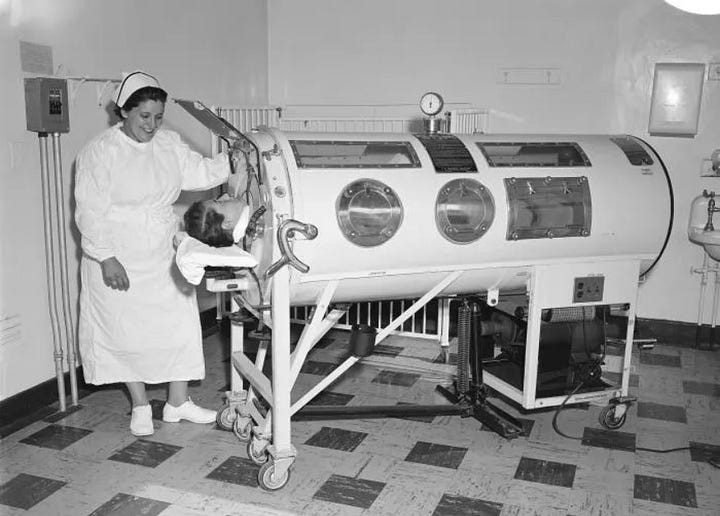
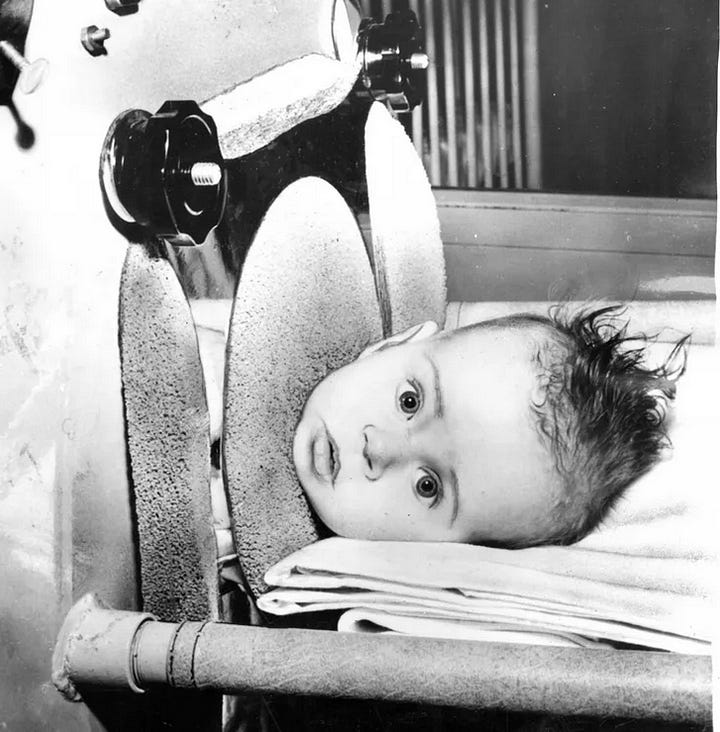
He went for a swim later,
hoping to work through the pain with exercise,
but as the day progressed, his legs grew weaker,
and his skin became sensitive to the touch.
By the third day, Franklin’s legs couldn’t bear his weight.
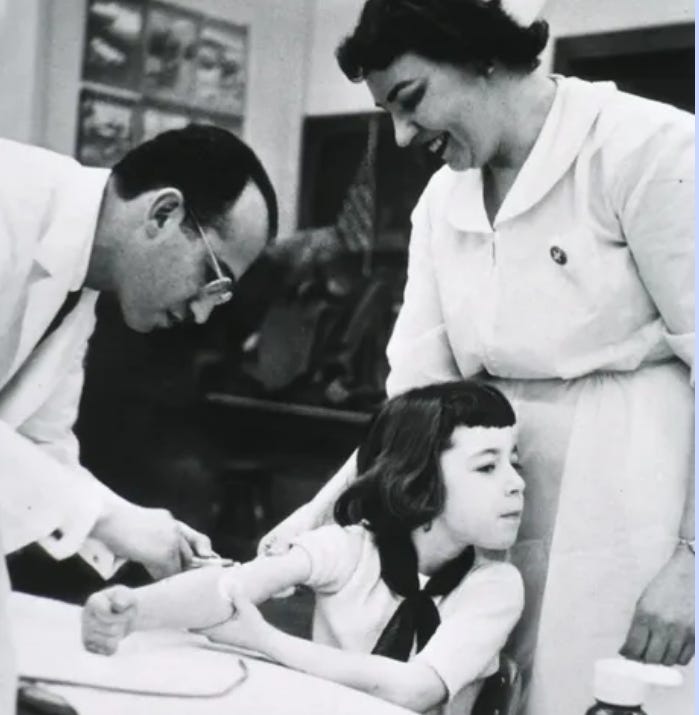
Doctors were summoned.
The first one diagnosed a blood clot in Franklin’s lower spinal cord
and recommended daily massage to aid circulation.
A second doctor claimed Franklin had an area of abnormal tissue
on his spinal cord.
By the time the country’s leading expert on polio
was able to examine Franklin, he was mostly paralyzed from the waist down.
The expert said there was no doubt that Franklin, then 39,
had contracted polio.
‘He should expect to live out his life with significant paralysis,’ the expert said,
adding that ‘coping with the disease required good emotional and physical health.’
So, Franklin retired from political life to concentrate on his health.
He found that swimming brought a bit of reprieve from his paralysis
because his legs could support his weight when he was submerged in water.
He began swimming three times a week in the neighbor’s swimming pool
and his arms, back and stomach muscles regained some strength.
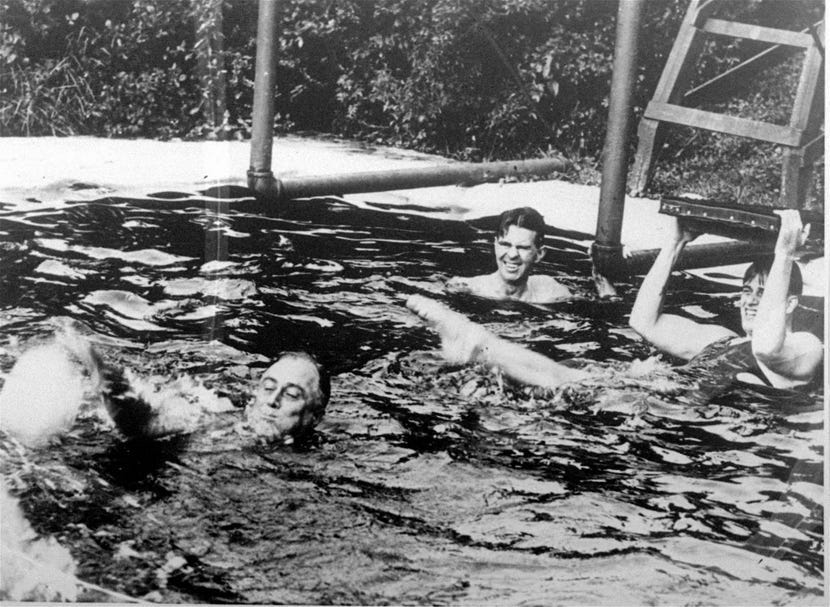
After a few months, Franklin got aluminum leg braces
which locked at the knee.
And, after months of practice, he learned to stand with assistance.
Franklin set the goal of one day walking down the entire quarter-mile length
of his Hyde Park driveway.
And he tried, over and over, to do it.
Locked in his leg braces and grasping canes,
he’d drag his feet forward until sweat poured from his forehead
and servants would have to help him back into the house.
[He never reached the end of the driveway; nor did he ever come close.]
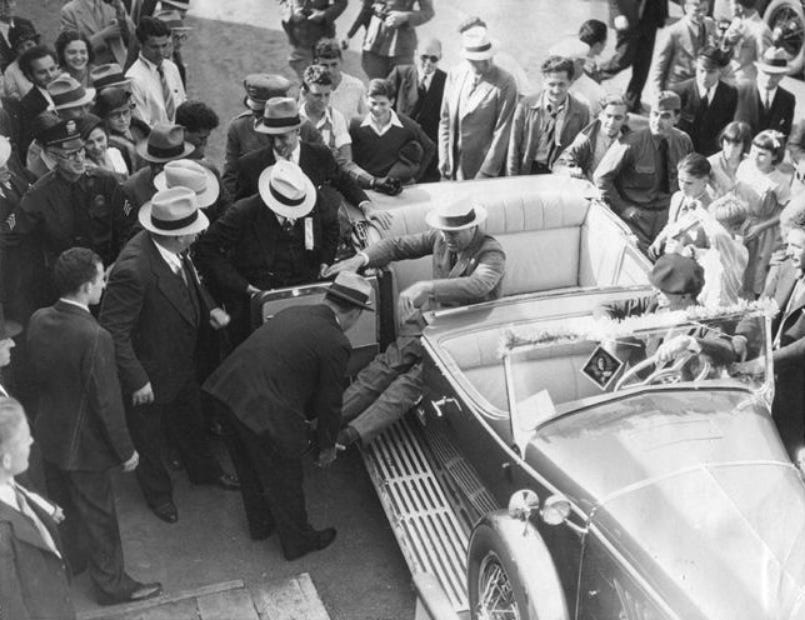
Historians say Franklin’s struggle to overcome his paralysis
redefined his adult personality,
steeling him to make the impossible decisions required of the
American president during a cataclysmic period in history.
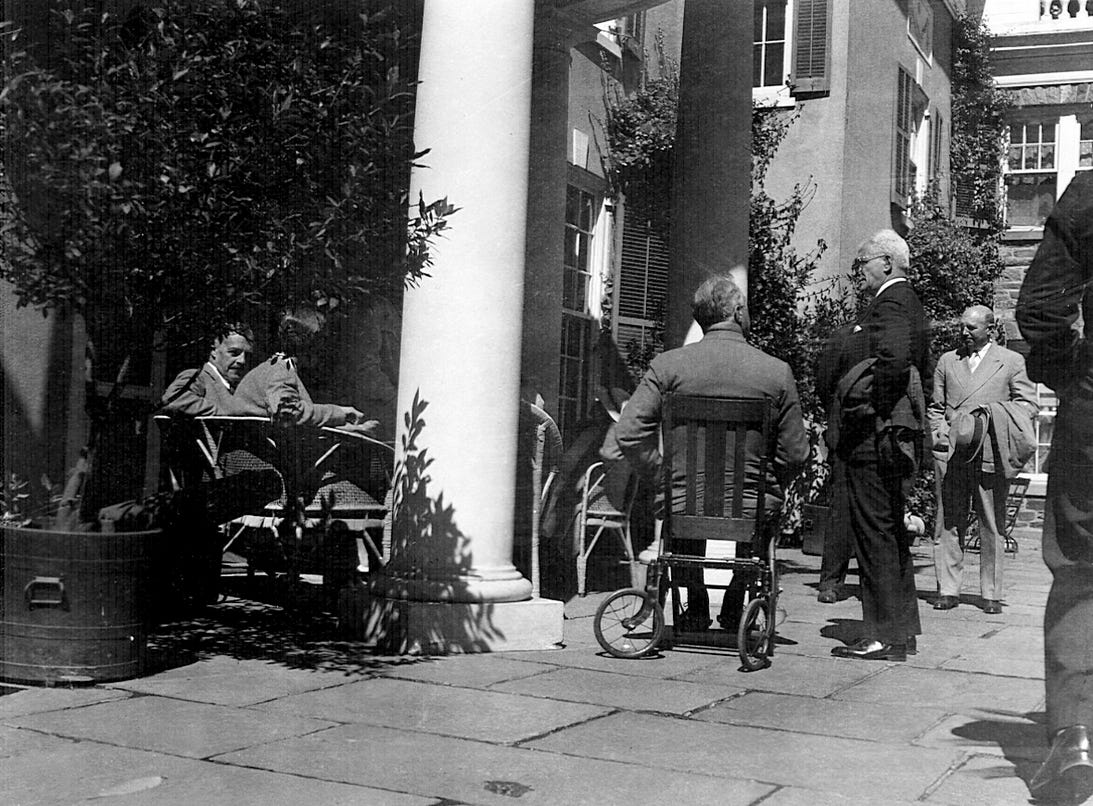
Are they correct?
I don’t know.
But I bet if you could ask him, Franklin would say he’d have preferred to live a life without polio.
What more might he have accomplished?
“Sweet are the uses of adversity,
Which, like the toad, ugly and venomous,
Wears yet a precious jewel in his head.” — Shakespeare, “As You Like It,” 1600
I’ll see you tomorrow.
— Brenda




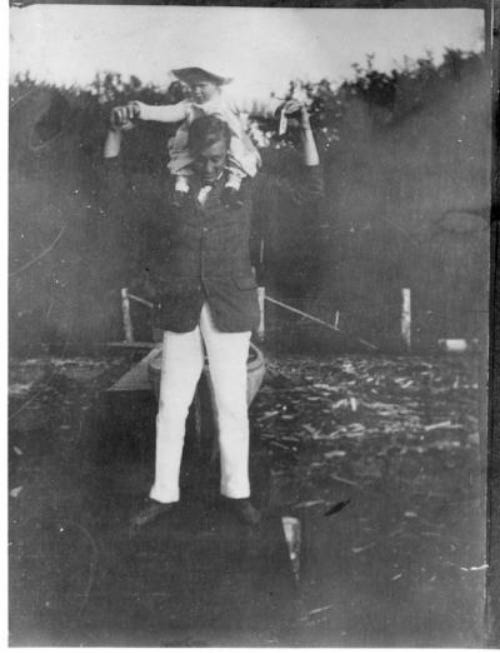
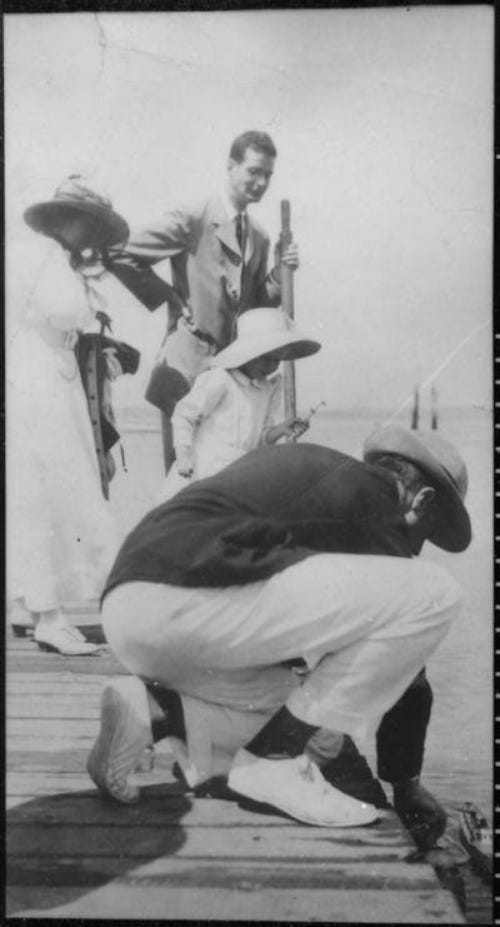
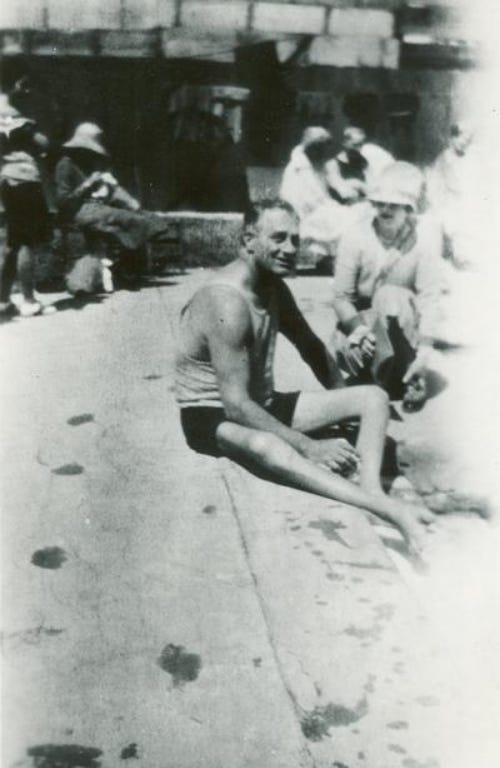
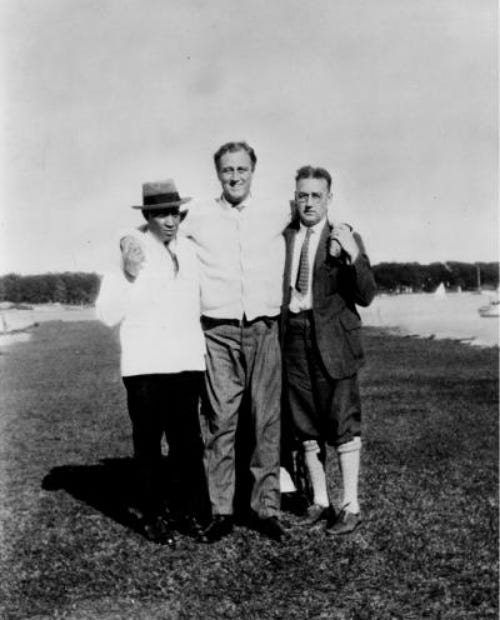
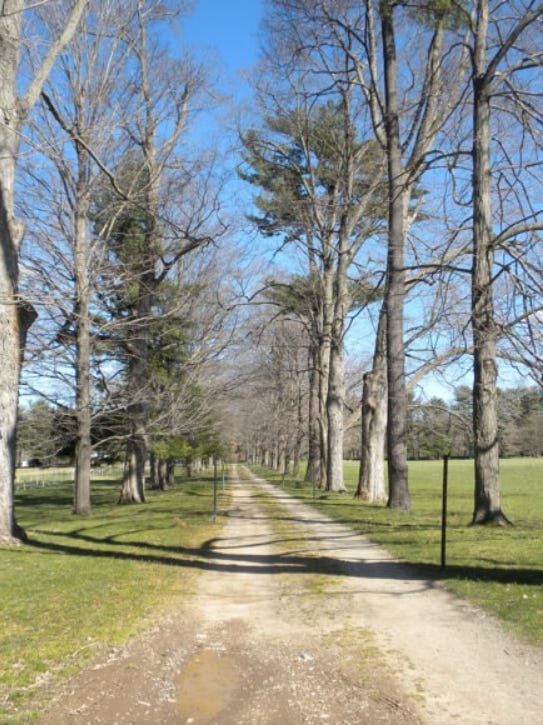
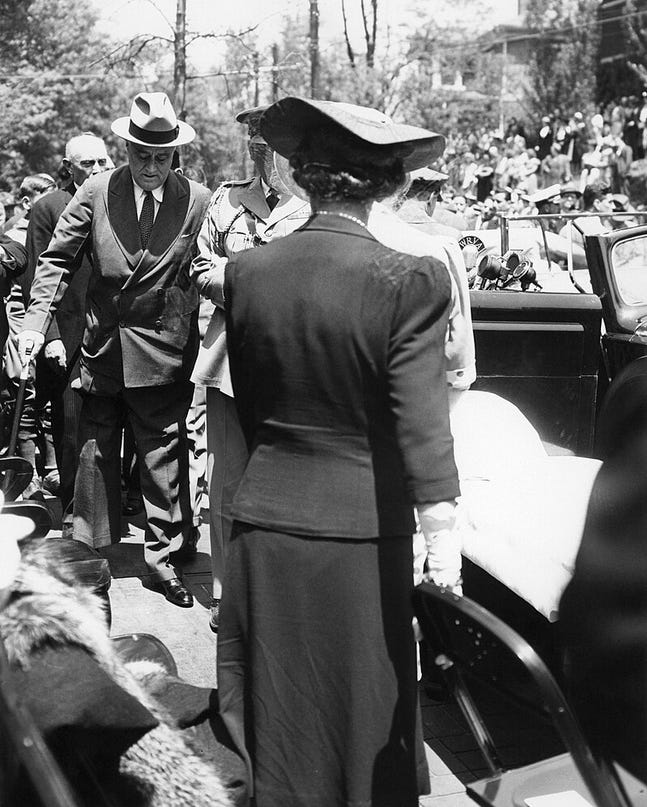
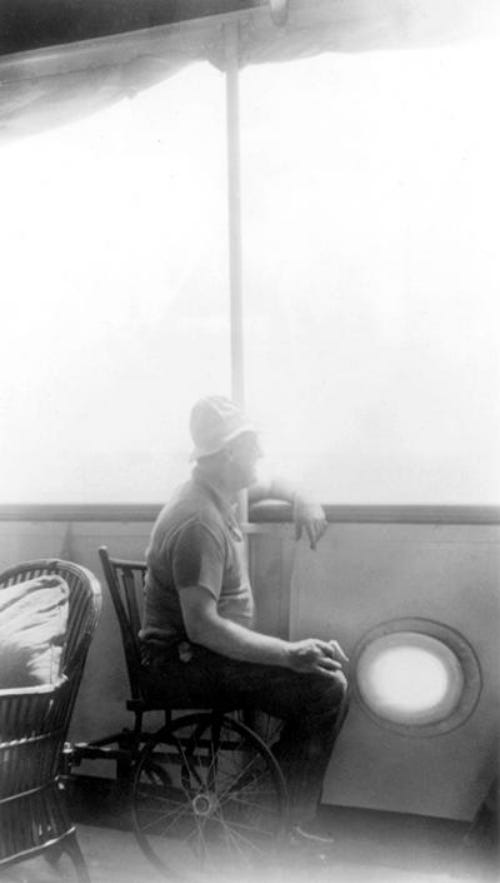








Share this post